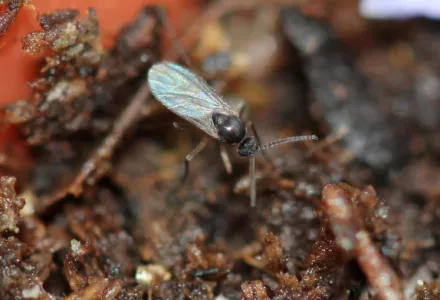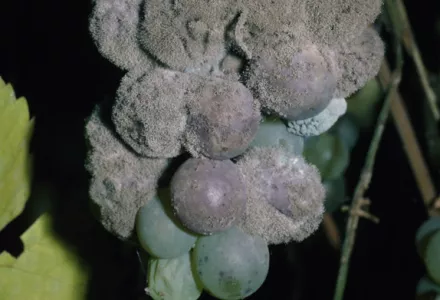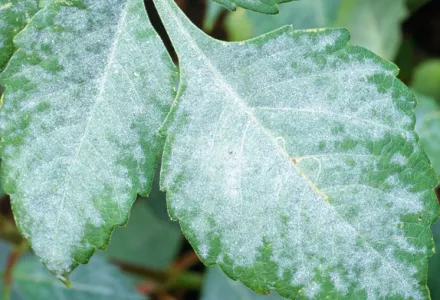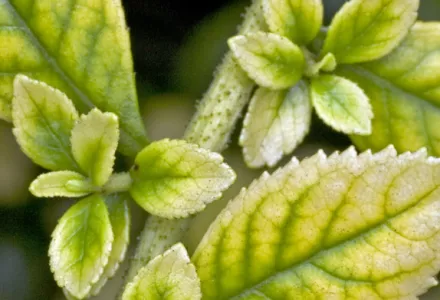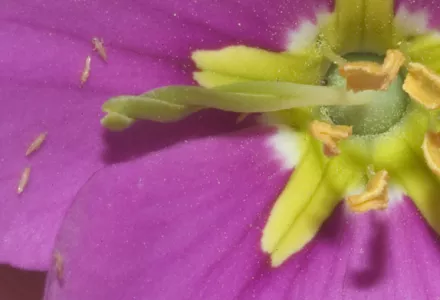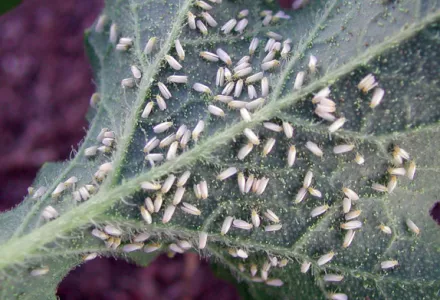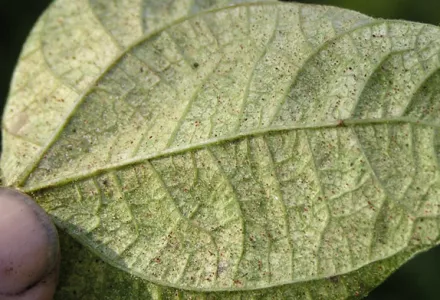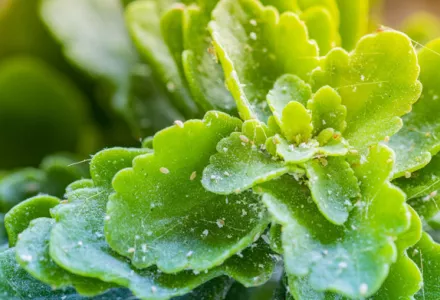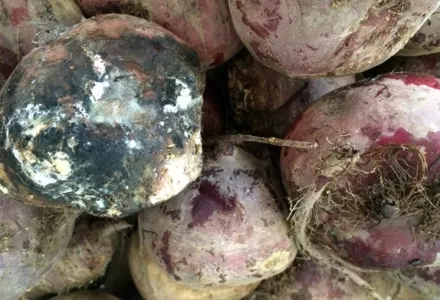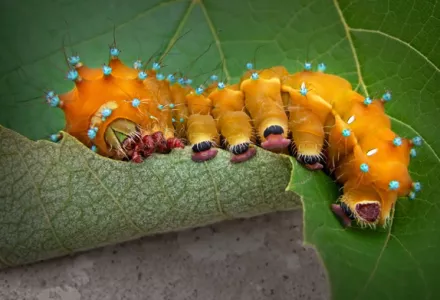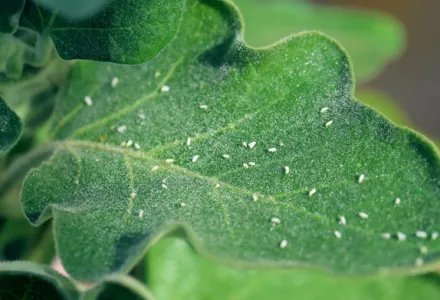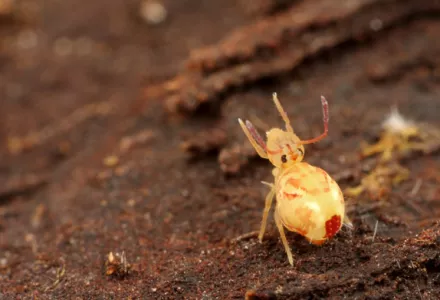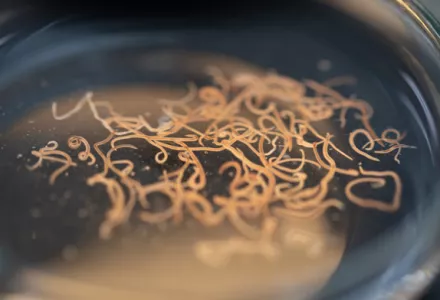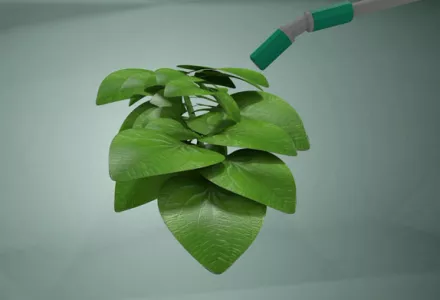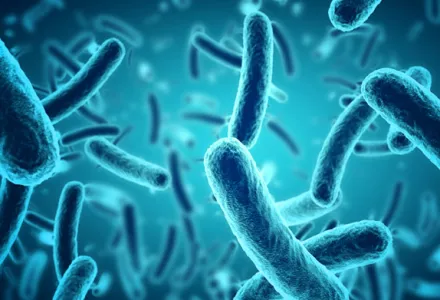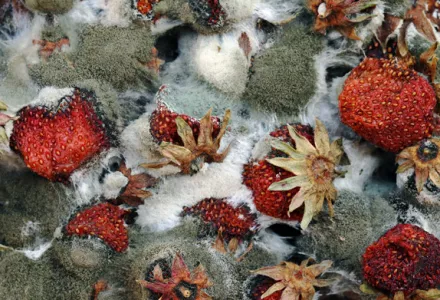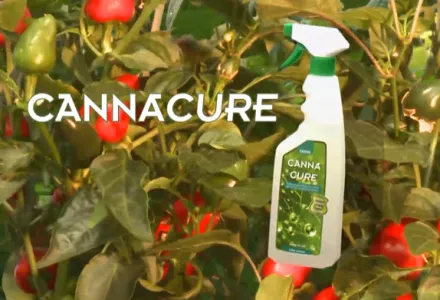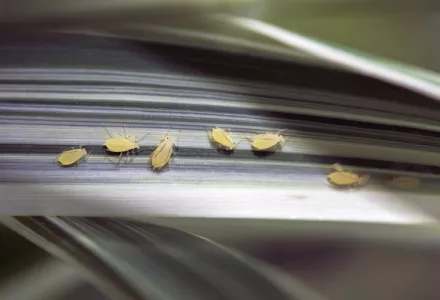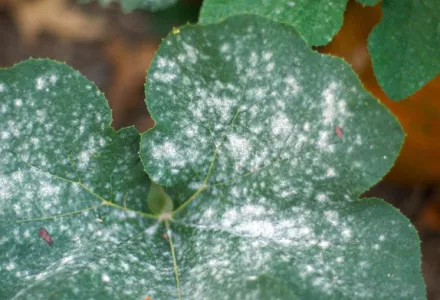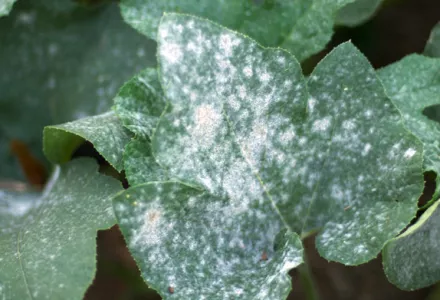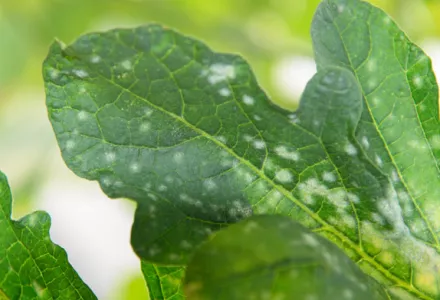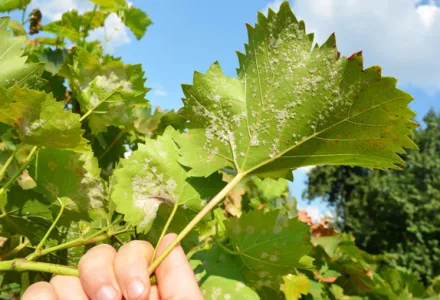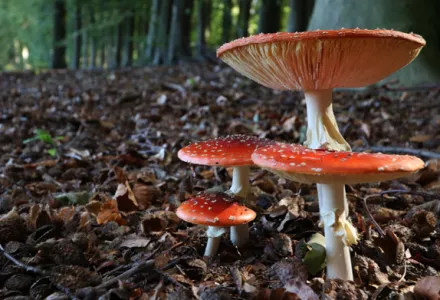Here are 4 important tips to prevent mildew attacks:
- Avoid allowing mildew spores to form.
- Make sure the conditions in your growing area aren’t ideal for mildew to spread.
- Make sure the conditions aren’t ideal for mildew to germinate.
- Find mildew on time and react.
Tips in the battle against true and false mildew
1. Make sure there are no mildew spores
The following tips can help you prevent spores coming in from elsewhere and contaminating your plants:
- Don’t permit visitors to your plants’ growing area and don’t visit other people’s growing areas unless necessary.
- Wash your hands thoroughly before and after checking out your plants.
- Wear special clothes that you only wear when you’re in your growing area (overalls and a cap, say).
- Check whether there are any mildew-infected plants in the vicinity of your plants. If there are any contaminated plants in the area get rid of them and take preventive care of your plants (indoors and outdoors).
- Don’t use inside any gardening equipment that was used outside.
- Don’t use rain water.
- Put away all soil and dead plant material in a special area.
2. Avoid any circumstances that are ideal for mildew to spread to your plants
Maybe there are some infected plants amongst yours, and maybe you haven’t noticed them. So make sure that any spores that may have formed can’t spread quickly through the growing area.
- Avoid draughts.
- Don’t hang about or walk through your plants for no reason.
- Don’t touch the plants for no particular reason.
3. Avoid the circumstances that are ideal for spores to germinate and to grow into the leaf
- Ensure your plants enjoy generous, continuous and uniform mechanical or wind-powered ventilation. Never connect the ventilator to the light timer.
- Avoid sudden variations in temperature. These lead to shocks in relative humidity and thus cause condensation.
- Avoid condensation forming or leaves getting wet through spraying (if you need to heat, heat the growing space/greenhouse before the lights go on or the sun goes up).
- If you need to spray, make sure that the leaves remain wet for at least three hours.
- Keep relative humidity below 75%.
- High levels of nitrogen poisoning make plants more susceptible to mildew.
4. Find the mildew on time and react
- Check older leaves regularly for light yellow discoloration and fungal growth.
- You can remove suspect leaves and keep these in a resealable freezer bag with some moist paper in a warm place. After two days you can check the leaves for mildew, maybe using a magnifying glass.
- Remove any contaminated leaves, but also make sure that you don’t spread the disease yourself. Make sure you wash your hands regularly, preferably with an alcohol solution.
- Burn infected material.
- Use a fungicide.
- Don’t forget that you’ll need to repeat the spraying several times.

